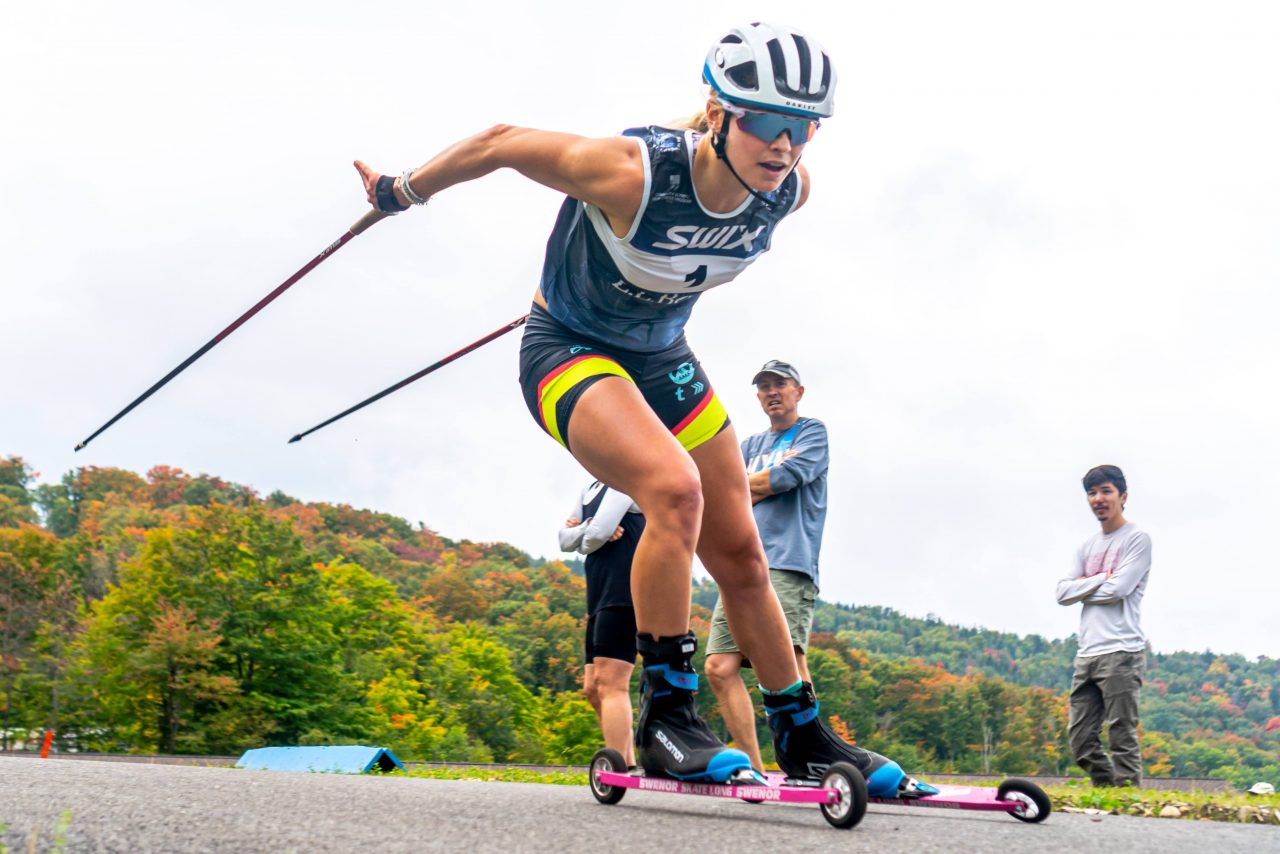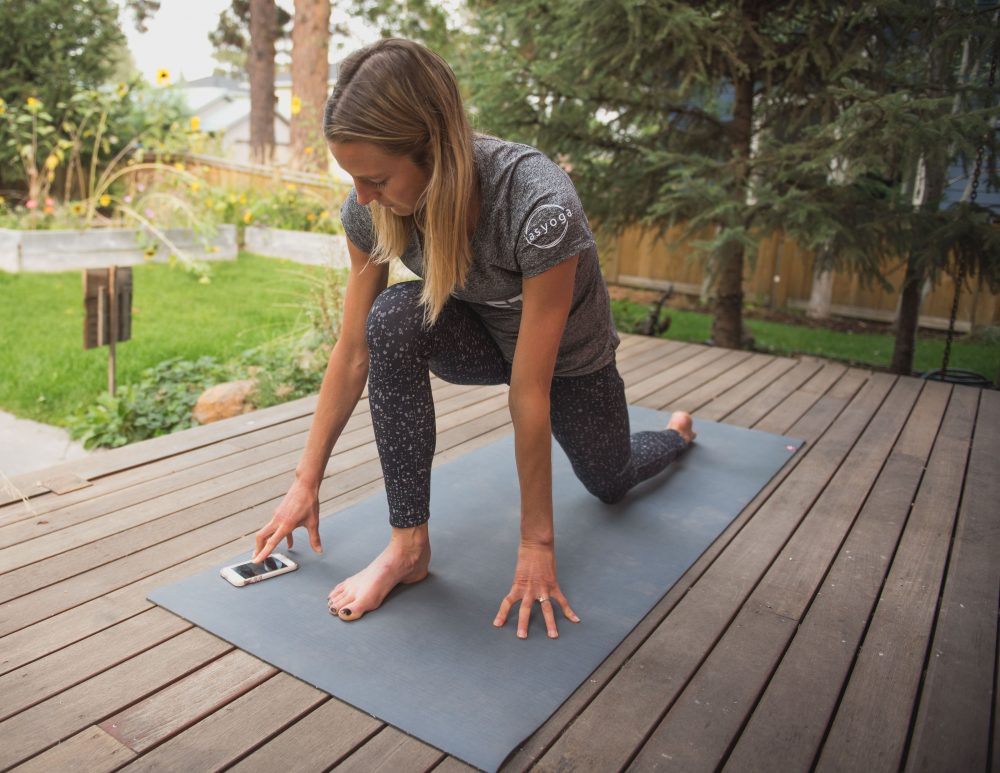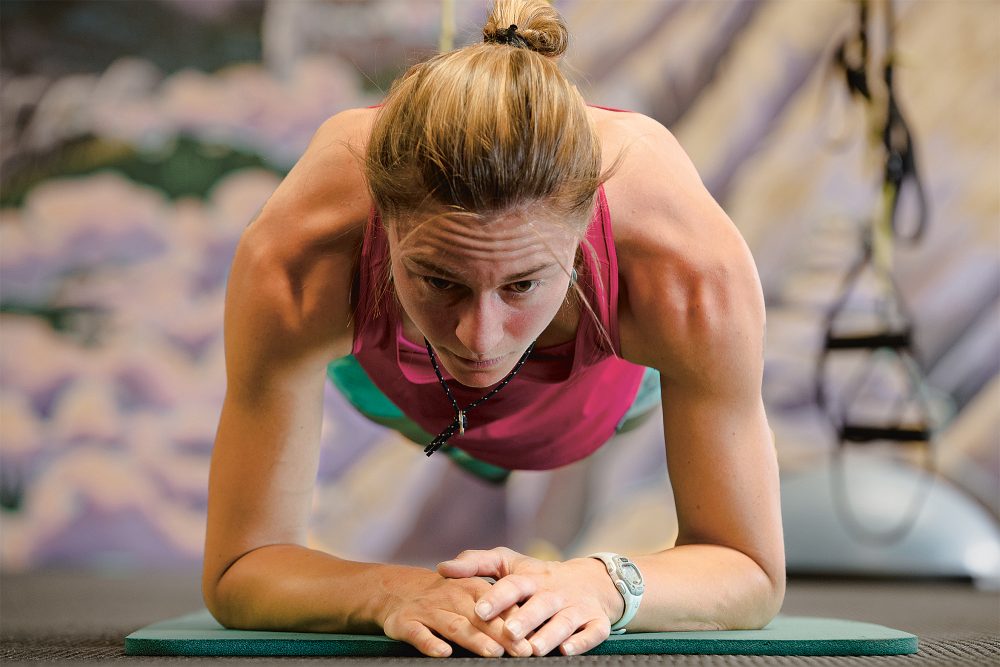
Although ski season is coming to a close in many places around the world, it’s never too early to start conditioning your body for the upcoming season. A workout routine that builds muscle endurance and leg strength is key to becoming a master of the slopes. If you want to ski all day, you need to be in tip-top shape and by the time skiing season arrives, you won’t have enough time to get in shape. A workout tailored to skiers will ensure you have what it takes to conquer the slopes while helping to protect your body against injuries. Keep reading to learn about the exercises that’ll help you train like a professional skier.
Dynamic Leg Exercises
Like in basketball, football, and swimming, legs are everything when it comes to skiing. Each athlete has a unique way of training for a big race or competition. Even eccentric athletes like Dennis Rodman stuck to a traditional weight lifting program to condition their bodies before the long NBA seasons. Similarly, skiers should stick to traditional exercises to ensure their bodies are ready for the slopes. Dynamic leg exercises are one of the best ways to develop leg strength. These exercises will prepare you for going down bunny hills or backcountry lines.

Walking Lunge with Rotation Exercise
Balance is one of the most important skills when skiing, and this exercise can help you avoid skiing injuries and improve your balance. This variation of the classic walking lunge works your quads and hamstrings and adds a twisting motion to help your glutes contract fully and engage your core. You can perform this exercise while holding a medicine ball or grasping your hands together in the center of your body. The strength you build will help you on and off the slopes. After a few weeks, you may notice it’s easier to perform daily tasks such as picking up things off the floor or twisting your body to reach for something caught in a hard-to-reach area.
Box Jumps
Box jumps are an excellent way to train your body’s explosive power; they’re also challenging, so take it easy and give yourself time to build up your strength. If you’re new to strength training or suffering from injuries, it may be best to put this exercise on the back burner until you’re 100%. This exercise trains your quads, glutes, hamstrings, and calves, all muscles you’ll use regularly while skiing. Depending on your skill, there’s a lot of jumping and landing involved in skiing. Box jumps increase your power and explosiveness while also increasing your vertical jump range. Since they require a lot of energy, you’ll burn some serious calories, so be sure you fuel yourself properly.

Yoga
While leg exercises are arguably the most important component of a ski training regimen, you’ll want to take care of your mental state before hitting the slopes. Yoga teaches you to be quiet, look inward, and focus on getting into what many call “the flow state of mind.” When skiing, you often push your physical limits; practicing yoga helps you attain balance by focusing on focus. Practicing yoga will also help you improve your range of motion and flexibility, which is essential for taking care of your joints and avoiding injury.

(Photo: Jason Thompson)
Front and Side Planks
A strong core is also vital for maintaining a stable core while skiing, making planks another key exercise. Planks strengthen not only your core but also the rest of your body from head to toe. In addition to helping you keep your balance while skiing, a strong core helps reduce back pain and improves your ability to do daily tasks. Side planks are great for targeting your side abdominals and strengthening the spine. Planks also help increase flexibility by stretching out the lower part of your body. So, when you plank, you’re getting core work and stretching in the same exercise. Finally, planks are easily modified, making them one of the most versatile strength training exercises.



